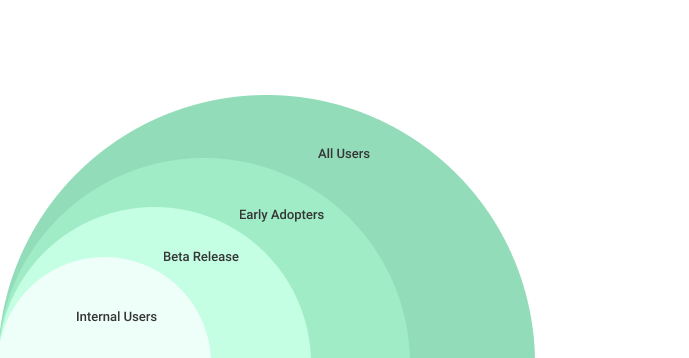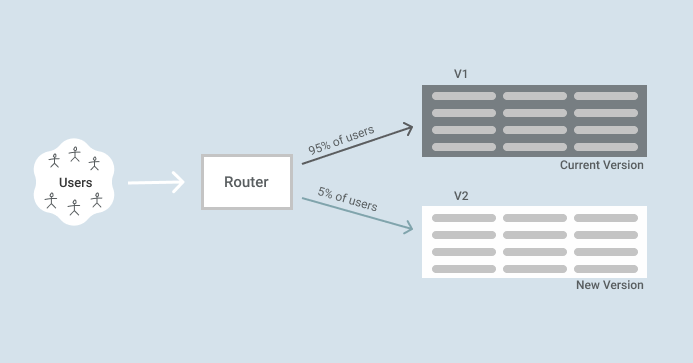However, deployment can either be a joy or a nightmare, depending on the strategy used, whether it’s deploying microservices, testing new features, updating a business logic, or releasing a new version entirely? With every code change pushed, comes the risk of potential failures, which could be as a result of bad code quality or unexpected bugs, and this can potentially disrupt the user’s experience.
Hence, picking an efficient deployment strategy is key to mitigating these deployment risks and not having to constantly disrupt your user’s experience by going into downtimes or completely having to go offline whenever there is something to be deployed.
This article aims to highlight the various progressive delivery forms of deployment available, with hopes of providing a clear guide to choosing a suitable deployment strategy that best suits your needs. The following proven deployment techniques make it quite easy to make improvements to our applications, introduce new services and features, test functionality, quickly identify/eliminate vulnerabilities, and safely deliver the right features faster and with confidence.
What is Progressive Delivery
Progressive delivery is an emerging approach to accelerating DevOps as it combines the principles of Continuous Integration and Continuous Delivery (CI/CD), with modern software development practices which facilitate faster code shipping, reduce risk and improve the user’s experience.
The fundamental idea behind progressive delivery is that developers and organizations can incrementally roll out and deliver new features to users, with safeguards and fine-grained control levers that enable the teams to minimize the risks that come with continuously pushing new features to the production environment, while monitoring the health of the application at each stage of the progressive delivery process. And if anything should go wrong, quickly revert to a stable stage.
Feature Flags
In progressive delivery, Feature Flags are important in managing the blast radius of these deployed features. They provide feature toggles that enable developers to deploy features to a subset of users based on attributes such as geolocation or other custom profiles. They also enable rolling back these features a toggle away if they don’t work as intended. Developers can then gradually expand the radius of their deployments by implementing incremental changes based on the received feedback from the initial release.
Phased Rollouts















